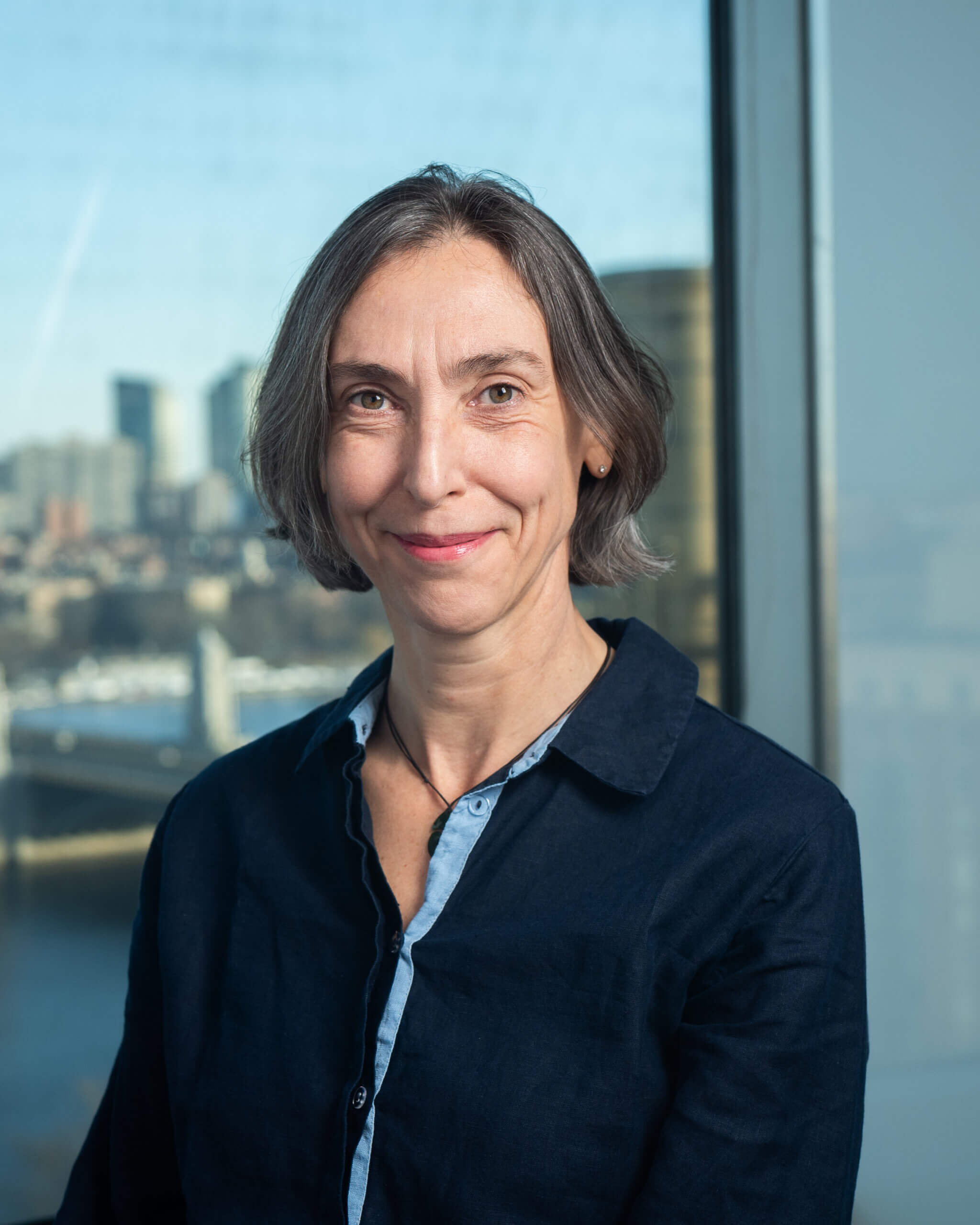Senior Director of Research Affairs
Felicitas Bidlack joined Forsyth in 2003 and leverages her passion for interdisciplinary and team research to facilitate successful internal as well as external collaborations. Dr. Bidlack serves as Senior Science Officer and Chair of the Appointments and Promotions Committee to generate a creative environment and empower innovative research.
With a background in biology and anthropology, Felicitas Bidlack is interested in tooth formation, evolution, and the processes that drive mineral formation, and de-and re-mineralization of teeth. Her primary goal is to integrate her broad background into an interdisciplinary research approach that enhances our understanding of tooth formation and contributes to new strategies for dental repair.
Her current research focuses on initial stages of tooth enamel mineralization, when enamel matrix is secreted and the pattern of the enamel microstructure is forming through the three-dimensional organization of extracellular matrix and protein-guided mineralization. Tooth enamel is a calcium phosphate mineral that is hierarchically structured. The very long and thin crystals that make up tooth enamel are organized into bundles, which in turn are ordered in a pattern that prevents crack propagation and renders the tooth crown extremely hard but not brittle.
“My goal is to elucidate the interplay between proteins and mineral phases at the start of tooth enamel development, that leads to the beautiful organization of crystals and, as a result, to the remarkable mechanical properties of teeth,” said Bidlack.
In addition to bridging multiple scientific disciplines, Bidlack is also a technology enthusiast. She is Forsyth’s leading expert on electron microscopy and is the director of Forsyth’s Biostructure Core facility. In this role, she oversees the operation of electron, confocal, and wide field microscopes, conducts user training for electron microscopy, and facilitates access for external/industry users to the core facility instruments.
Bidlack is expanding her exploration of high-resolution microscopy techniques by applying helium ion microscopy and field emission electron microscopy to link immunohistochemistry for tissue analysis with scanning electron microscopy. In the next phase of this research, she will focus on the comparison between normal enamel and defective enamel. The ultimate goal is to gain a greater understanding of how the tooth enamel matrix organizes mineralizing crystals, how mutations affect tooth enamel formation and how we can prevent disease or even regenerate enamel using bioengineering approaches.
Background
LMU Munich, Germany, Dipl. Biol. (MS equivalent), 1995, Biology
George Washington University, MA, 2000, Anthropology
George Washington University, PhD, 2003, Hominid Paleobiology

